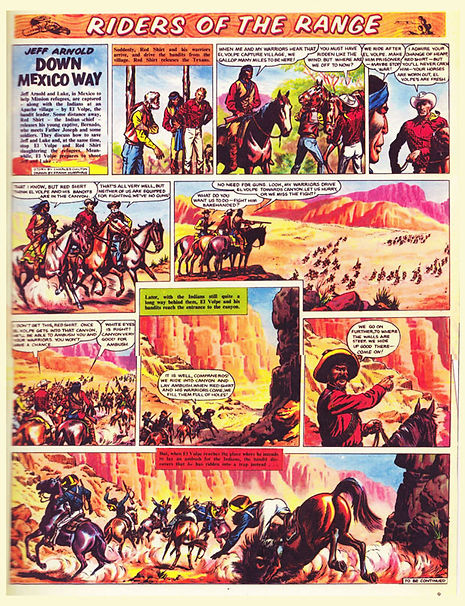Next came a brief historical background which basically stated Vietnam had, for 600 years, been striving to conquer and dominate its neighbours. More than once, fine Cambodian civilisations had been overrun and destroyed by these war-hungry barbarians. There was a detailing of kings, cities and battles and a photograph of the devastated Anchor Wat. A good full-page photograph, which allowed me to again turn my page when Mr Demetre did.
For many years, in more recent times, the French had colonised the Indo-China region, helping these countries to develop and protecting them from each other and foreign invaders. There was much praise of the good works of the French in this regard—supplying the people with architecture, language, food, religion and generally saving them from their former barbaric ways. But in the Second World War the Japanese swept down and the French were forced to withdraw. At first, the Japanese received little resistance.
Then there arose in the north of the country a hero called Ho Chi Minh, who organised the population to fight the Japanese. His fighting force, called Viet Minh, achieved great success against the Japanese before the global war came to an end. The Japanese left in defeat, and the French returned. But by then, Ho Chi Minh had gained great power amongst his followers and greedily sought more. Taking the line of the evil Communist cause, Ho roused the people to strike out against the French benevolence and his forces, more familiar with and suited to the terrain than the French, struck from their northern strongholds using the cowardly hit-and-run tactics devised by the wicked Chinese dictator Mao. In 1954, the French suffered a massive defeat at a place called Dein Bein Phu, and their government decided to withdraw rather than risk further loss of life.
Dear Editor,
The sweat was dripping down my face and into my lap, making my clothes very wet and sticky. I sat there, walking, watching. I was trembling violently as I sat, looking at the small slot, waiting-ever waiting. My nails dug into my flesh as I clenched my hands. I passed my arm over my hot, wet face, down which sweat was pouring. The suspense was unbearable. I bit my lip in an attempt to stop trembling with the terrible burden of anxiety. Suddenly, the slot opened and in dropped the mail. I grabbed at my Eagle and ripped off the wrapping paper.
My ordeal was over for another week!
D. N. Adams (12), Brentwood, Essex, JANUARY 23, 1965, Eagle and Boys’ World Magazine
Yes, it’s the first published work of the Douglas Adams, of The Hitch Hiker’s Guide to the Galaxy fame, which I distinctly remember reading long before I knew who he was—long before he knew who he was!
The letter is dated 1965 which sounds too late to me. Surely I was into Playboy rather than Eagle by then. Yet I do really remember it…
Whatever the case, I journeyed every Tuesday to the local newsagent who made sure my copy of the British Eagle Magazine—surely the best of all boy’s magazines—would be waiting for me. The Dan Dare comic serial in fabulous colour dominated the cover, and inside were other colour comic strips—some adventures, some historical—and stories and hobbies and facts and figures. Knockout boy stuff to a perfection no other magazine of the time offered. I was definitely anxiously obtaining my weekly copy in 1959 and never missed for years afterward, until I finally outgrew it. Which, the evidence suggests, occurred far later than it should have.








